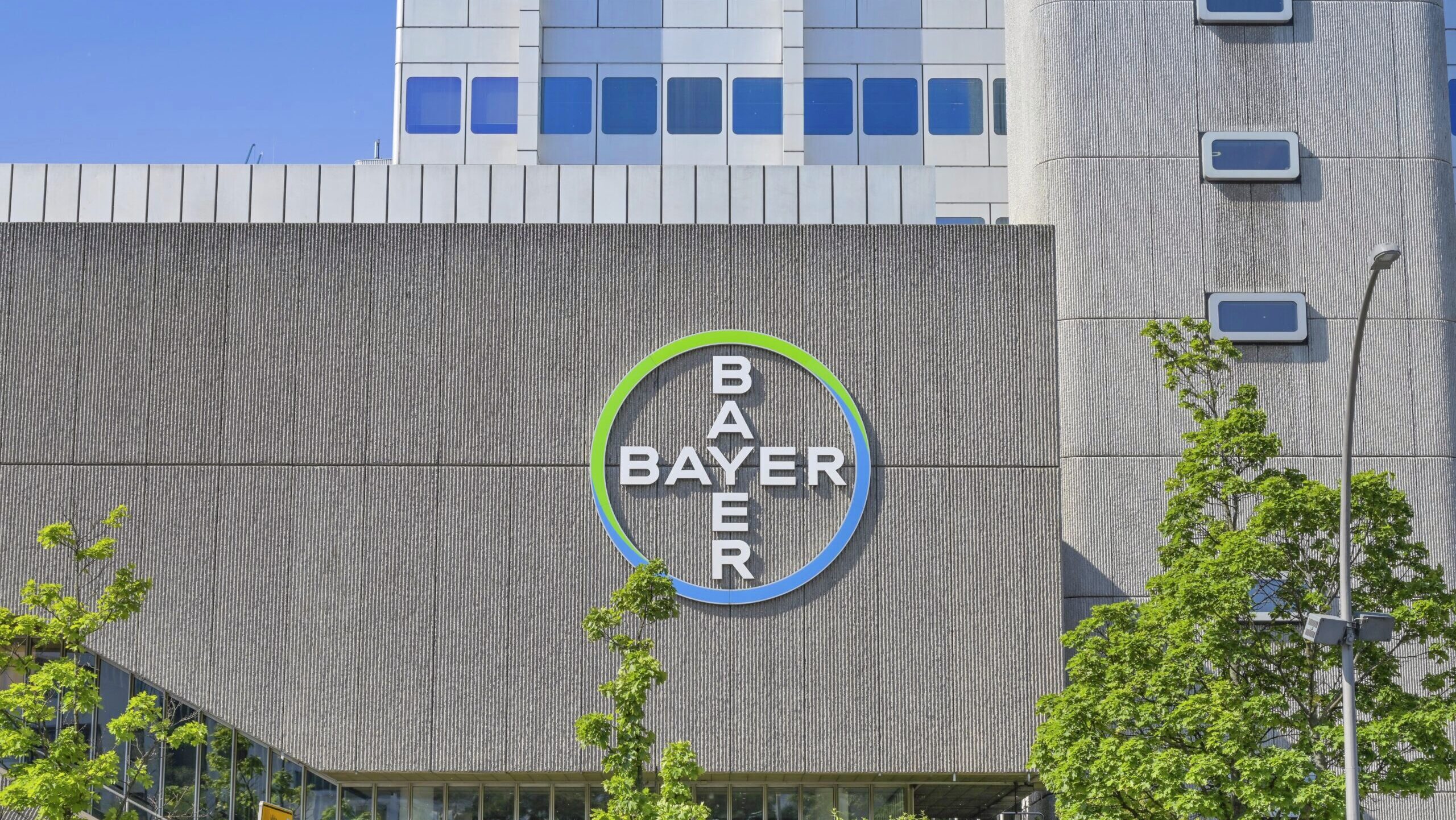Bayer Resurrects Scrapped Blood-Thinning Drug as Breakthrough Stroke Treatment
The trial proved so successful that Bayer plans to reach out to regulators in preparation for submitting the drug candidate for approval.

Sign up for smart news, insights, and analysis on the biggest financial stories of the day.
Here’s to second chances. Two years ago, Bayer halted a Phase 3 trial of its blood-thinning treatment asundexian for patients with irregular heart rhythm who are at risk of stroke or systemic embolism. Numbers don’t lie, and the German biotech firm saw that drugs by Bristol Myers Squibb and Pfizer’s Eliquis had simply proven better.
On Monday, Bayer shares soared 10.9% thanks to asundexian. An experimental pivot saw the onetime failure, now repurposed for secondary stroke prevention (SSP), set the stage for a potentially blockbuster breakthrough in a new Phase 3 trial.
Back to the Drawing Board
It’s a story as old as the pharma business: Bayer is trying to diversify its portfolio as two of its best-sellers — anticoagulant Xarelto and Eylea, an ophthalmology drug for macular degeneration — are facing heightened competition, Xarelto from generics and Eylea from biosimilars.
Asundexian, after its ill-fated 2023 run, could solve the pipeline problem. Bayer said the drug significantly reduced the risk of stroke for patients who had experienced a non-cardioembolic ischemic stroke or high-risk ischemic attack when used in combination with antiplatelet therapy. Crucially, it did this without increasing the risk of major bleeding, a persistent concern with other blood-thinning treatments. The drug works by blocking Factor XIa, a protein that aids blood-clotting. The trial proved successful enough that Bayer said it plans to reach out to regulators in preparation for submitting the drug candidate for approval. The breakthrough was significant enough that Bayer pulled its competitors up along with it:
- Shares in Bristol Myers Squibb and Johnson & Johnson, which are together developing the drug milvexian, using the same mechanism as asundexian, rose 3.2% and 1% on Monday. Earlier this month, milvexian failed a trial for acute coronary syndrome, but it’s also being tested for secondary stroke prevention.
- Jefferies analysts said the asundexian breakthrough represents “a material de-risking event” for Bayer, whose shares have surged 58% this year. According to the World Stroke Organization, there are roughly 12 million new strokes per year.
Novo, No No: Not all pharmaceutical companies have been so fortunate. If there is one pharma company down on its luck in 2025, it’s Denmark’s Novo Nordisk. Shares in the company, which had previously lost nearly half their value this year, fell another 5.6% on Monday after Novo revealed its oral semaglutide, containing the active ingredient in Ozempic, failed a long-shot Alzheimer’s drug trial.











